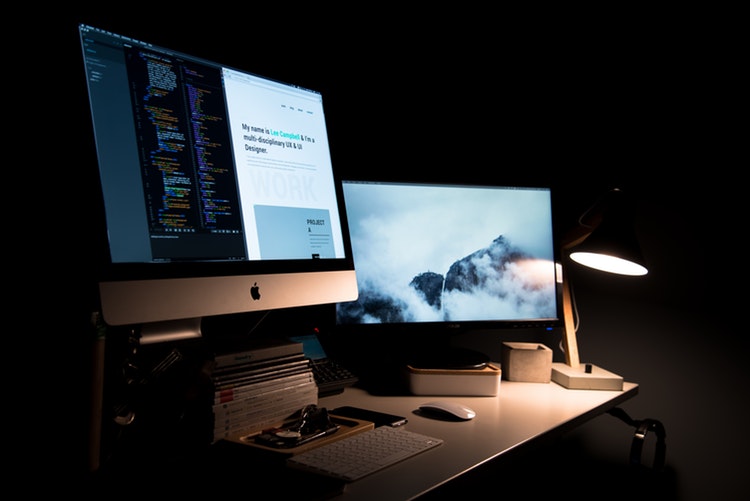
CSS is the gold standard in web design, providing an organized framework for your website. It takes added skill, though, to turn a basic CSS grid into an interactive site. One of those necessary skills is adding clickable buttons within the CSS grid to enhance and simplify navigation.
Once you’ve developed a basic CSS grid, you’ll position the buttons within the grid boxes using simple code. Here’s a look at how it works.
A Practice Project
The easiest way to learn any new coding skill is by practicing, and the iOS Calculator is a perfect model since each grid division contains several buttons. That gives you the opportunity to practice the button code through sheer repetition. The repetition will help you make this piece of code a natural part of your repertoire, making it easier to include during more general coding projects.
Color Coding
Once you have the hang of the general button code, you’re ready to pick out the best ones for your project, and you have plenty to choose from. You can look at different websites to get a sense of what works from an aesthetic angle. Google’s homepage features two grey, rectangular buttons, for example, one of which also includes textual animation and both of which change slightly when the cursor hovers over them.
For a more colorful but less complicated example, check out the orange print and inventory buttons on the Lehigh Valley Acura button. These are basic buttons that rely on simple code as seen in this W3Schools tutorial. By coding for identical background and color categories you can create a solid button, while using different color and background categories will give your buttons an outline.
A Library of Options
Now that you know how to create a rainbow of buttons in your CSS grid, it’s time to take it up a notch. Just as with fonts, there are libraries full of button options available online that can make your website more visually exciting. Pushy Buttons, for example, look 3D against the page background, while Press.css buttons come in a range of shapes, including rectangles, ovals, and circles.
If you’re interested in adding animation to your buttons, there are several options for that, as well. Radioactive Buttons, for example, can be coded for complex CSS loops so that they change colors or flash, or you manually code animation for more traditional buttons. This tutorial from CodePen includes animation directions for moving background filler that you can modify using the same principals you would for a standard grid box. That’s the great thing about code – the rules don’t change.
From start to finish, learning to add buttons to your website is one of the easiest skills you can add to your playbook, and one that will make your websites infinitely more interesting. Standard menus just aren’t enough to keep today’s savvy users engaged. Buttons improve navigation, offer visual variation, and make your website easier to use. There are dozens of tools out there to help you execute this new skill.